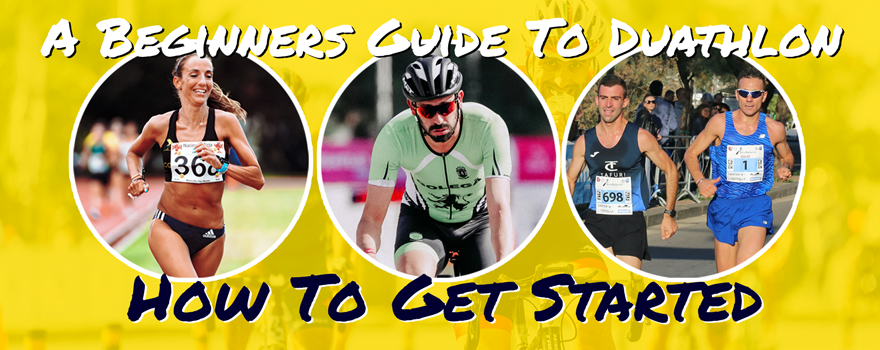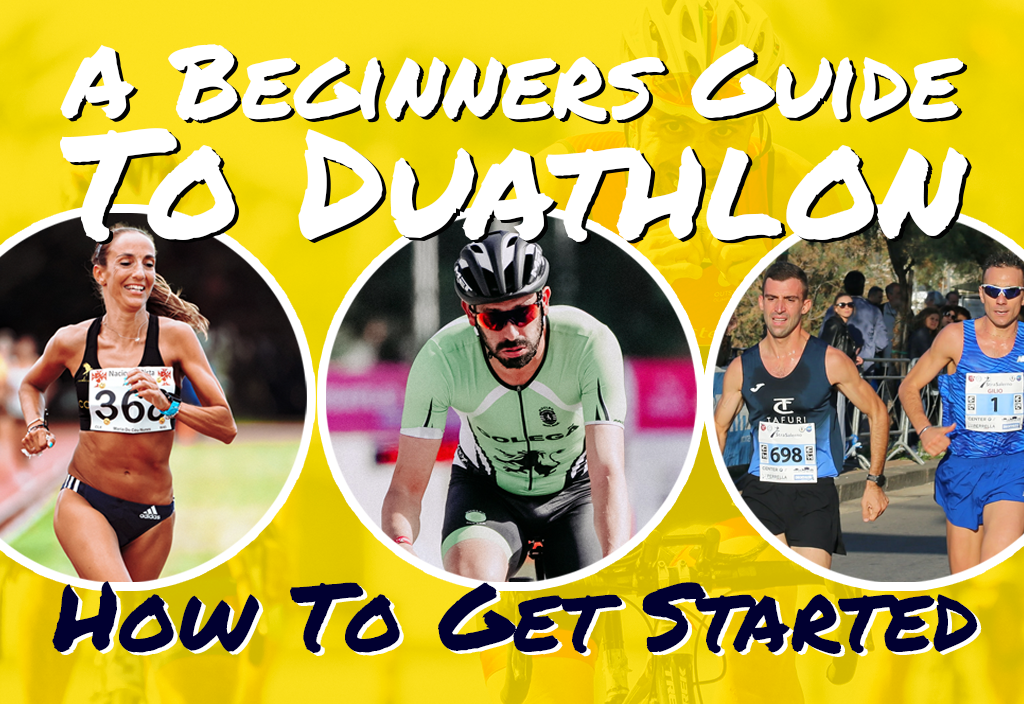
Duathlons, the thrilling multisport events that combine running and cycling, offer a unique and exciting challenge for athletes of all levels. Whether you’re a seasoned runner looking to venture into multisport or a cycling enthusiast seeking a new adventure, duathlons provide a dynamic and rewarding experience. In this beginner’s guide, we’ll explore the fundamentals of duathlons, provide training recommendations, and offer valuable insights to help you embark on your duathlon journey.
- Understanding the Appeal of Duathlons: Duathlons captivate athletes with their blend of speed, endurance, and versatility. The combination of running and cycling allows participants to showcase their strengths in both disciplines, offering a well-rounded and exhilarating experience. Duathlons attract individuals seeking a multisport challenge that provides variety and a chance to test their physical and mental limits.
- Exploring the Format of a Duathlon: Duathlons typically follow a run-bike-run format, where participants complete a designated distance of running, transition to cycling, and finish with another running leg. The distances can vary, with sprint duathlons being popular for beginners. Understanding the format helps you prepare and strategize effectively for each stage of the race.
- Selecting the Right Duathlon for Beginners: As a beginner, choosing the right duathlon is crucial for a positive and enjoyable experience. Look for events labelled as beginner-friendly or novice duathlons. These events often offer shorter distances, manageable terrain, and a supportive atmosphere that encourages newcomers. Research different races and read participant reviews to find the perfect duathlon to kickstart your multisport journey.
- Preparing for Your First Duathlon: Training for a duathlon requires a combination of running and cycling workouts, as well as focused brick sessions that simulate the transition from one discipline to another. Gradually build your endurance, incorporating both aerobic and interval training sessions. Consider working with a coach or joining a training group to receive guidance and support tailored to your needs.
- Transitioning from Running to Cycling and Back: Transitioning smoothly between running and cycling is a key aspect of duathlon performance. Practice the transition process during your training sessions to become comfortable with changing gear, mounting, and dismounting your bike, and transitioning from cycling shoes to running shoes. Developing efficient transition skills will save you valuable time during the race.
- Equipment and Gear for Duathlons: While you don’t need extravagant equipment to participate in a duathlon, having a few essentials can enhance your experience. Invest in a well-fitted bike, suitable running shoes, and comfortable athletic apparel. Additionally, consider using a race belt to display your bib number, and ensure your bike is properly maintained and in good working condition.
- Pacing and Race Strategy: Duathlons require smart pacing and race strategy to optimise your performance. Start conservatively during the first run leg, maintain a steady effort on the bike, and save energy for a strong finish on the final run. Familiarise yourself with the race course, including any challenging sections or elevation changes, to plan your strategy accordingly.
- Mastering the Mental Aspect of Duathlons: Duathlons can be physically demanding and mentally challenging. Develop mental resilience by setting realistic goals, visualising success, and practicing positive self-talk. During the race, stay focused on your own journey and remember that each step and pedal stroke brings you closer to the finish line. Embrace the mental toughness required and celebrate your achievements along the way.
- Overcoming Common Challenges: Duathlons come with their fair share of challenges, such as fatigue, transitions, and managing race-day nerves. Prepare for these obstacles by incorporating brick sessions into your training routine to simulate the demands of back-to-back disciplines. Practice efficient transitions to minimize time lost during the race. Implement relaxation techniques, such as deep breathing or visualization, to calm pre-race jitters and stay focused on the task at hand.
- Embracing the Multisport Journey: Participating in a duathlon is not just about the race itself, but also about embracing the multisport journey. It’s an opportunity to discover new passions, form lasting friendships with fellow athletes, and challenge yourself in ways you never thought possible. Enjoy the process, celebrate small victories, and learn from every experience, whether it’s a personal best time or a valuable lesson learned. Remember, each step you take in the world of duathlons brings you closer to becoming the best version of yourself.
Embarking on a duathlon journey as a beginner is an exciting and fulfilling endeavour. By understanding the format, preparing with a well-rounded training plan, mastering transitions, and developing a strong mindset, you can confidently tackle your first duathlon. Embrace the challenges, savour the moments of triumph, and create lasting memories along the way. The world of duathlons awaits you with open arms, ready to showcase your potential and ignite your passion for multisport. So, lace up your running shoes, hop on your bike, and let the journey begin!

